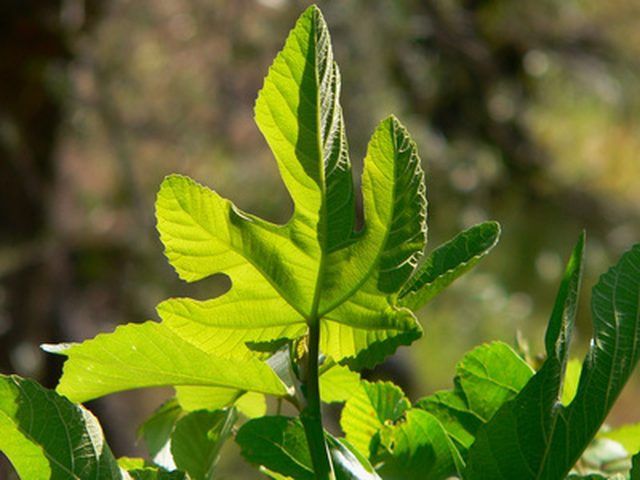Bulbs
Flower Basics
Flower Beds & Specialty Gardens
Flower Garden
Garden Furniture
Garden Gnomes
Garden Seeds
Garden Sheds
Garden Statues
Garden Tools & Supplies
Gardening Basics
Green & Organic
Groundcovers & Vines
Growing Annuals
Growing Basil
Growing Beans
Growing Berries
Growing Blueberries
Growing Cactus
Growing Corn
Growing Cotton
Growing Edibles
Growing Flowers
Growing Garlic
Growing Grapes
Growing Grass
Growing Herbs
Growing Jasmine
Growing Mint
Growing Mushrooms
Orchids
Growing Peanuts
Growing Perennials
Growing Plants
Growing Rosemary
Growing Roses
Growing Strawberries
Growing Sunflowers
Growing Thyme
Growing Tomatoes
Growing Tulips
Growing Vegetables
Herb Basics
Herb Garden
Indoor Growing
Landscaping Basics
Landscaping Patios
Landscaping Plants
Landscaping Shrubs
Landscaping Trees
Landscaping Walks & Pathways
Lawn Basics
Lawn Maintenance
Lawn Mowers
Lawn Ornaments
Lawn Planting
Lawn Tools
Outdoor Growing
Overall Landscape Planning
Pests, Weeds & Problems
Plant Basics
Rock Garden
Rose Garden
Shrubs
Soil
Specialty Gardens
Trees
Vegetable Garden
Yard Maintenance
How to Identify the Male Fig Tree Plant
How to Identify the Male Fig Tree Plant. Fig, known botanically as the genus Ficus carica, are flowering and/or fruiting trees and shrubs known, in part, for the milky latex that runs through them. Edible species of figs include Smyrna and San Pedro varieties. The fig fruit as we know it is actually a syconium, or an inside-out flower with the...

Fig, known botanically as the genus Ficus carica, are flowering and/or fruiting trees and shrubs known, in part, for the milky latex that runs through them. Edible species of figs include Smyrna and San Pedro varieties. The fig fruit as we know it is actually a syconium, or an inside-out flower with the reproductive structures making up the interior fruit flesh. All edible figs have male and female flowers, but only Caprifig is considered to be a male tree, according to the University of Georgia. Caprifig has inedible fruit and is used exclusively to pollinate other edible figs, while female trees produce edible fruit.
Look for five stamens that stick out of the bottom of the fruit surrounded by petal-less, outward-facing bracts of tissue that's similar to that of the fruit skin to identify a male caprifig. Stamens do not protrude out of the synconium on female trees.
Observe the timing and repeat of fruit development on the fig tree. Male caprifig trees have three distinct fruit crops each year. The first, called profichi, ripens in early summer. The second, mammoni, ripens in fall and the third, mamme, develops in winter and ripens in spring. Female trees only produce two harvests each year, breba that ripens in early summer and a main crop that is harvest-ready in fall.
Open a ripe fig to inspect the interior flesh. Male caprifigs will be smaller, with thick skin and greater distance between the seeded pulp and the outer skin. The interior will not be juicy and plump, and may seem semi-hollow or desiccated. Conversely, a ripe female fig will have a relatively thin skin with the juicy pulp right up against the skin with little separation. The seeds will be prevalent but the tissues surrounding the seeds will be moist to wet.